Last week, we talked about how there are concerns that the UK is not moving fast enough to achieve our net-zero targets. The government’s repeated stalling has set us back considerably. What are the cities focused on making a big difference? It is important to seek examples of how we benchmark their progress to inspire our own innovation.
We examine 5 cities which are putting the focus on climate action and talk about how they’re doing it.
Stockholm (Population: 975,000)
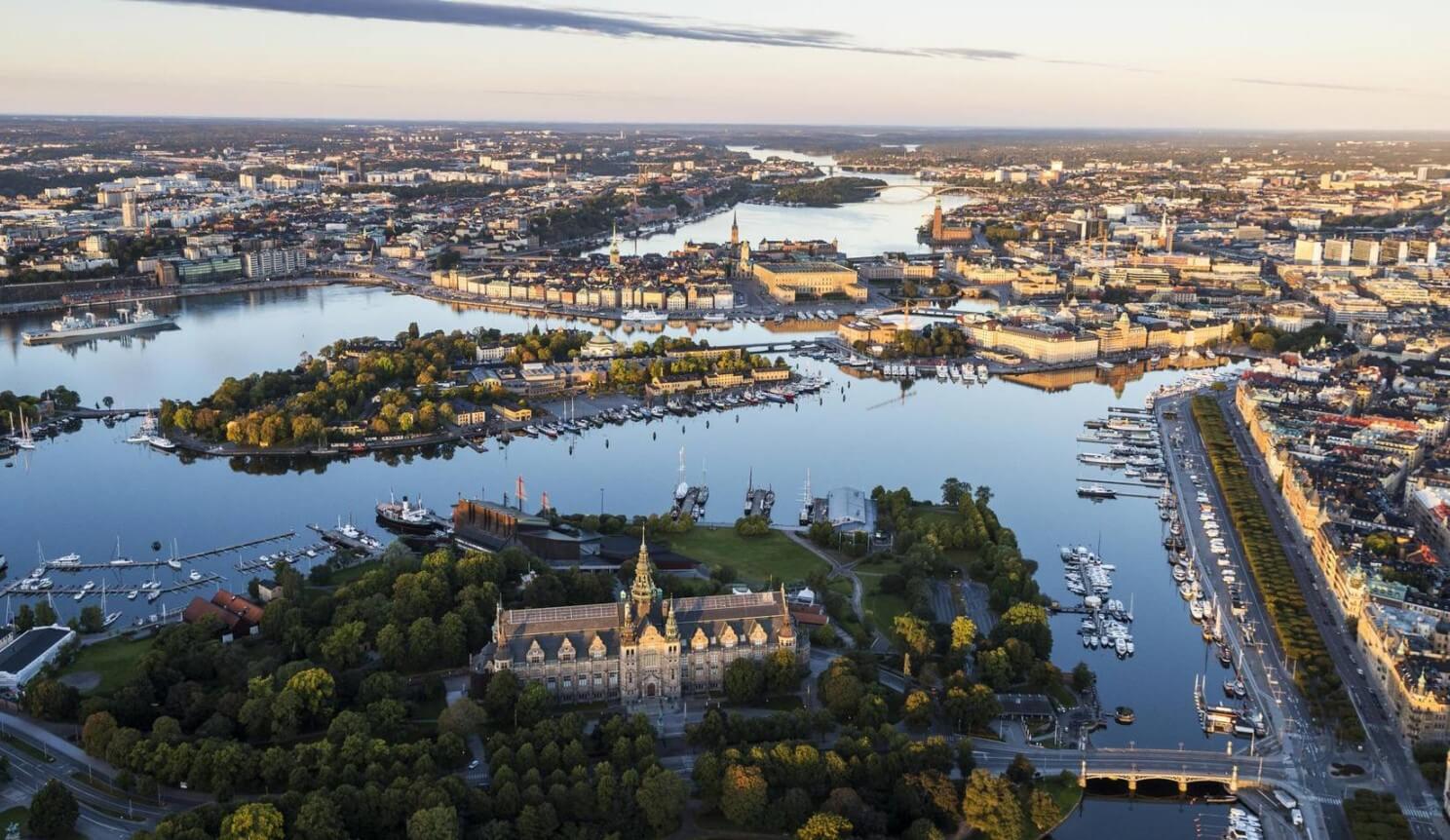
Stockholm is a few steps ahead of other cities across the globe when it comes to becoming a greener city. The city has an overall target of achieving net-zero by 2045, and has pledged to run entirely on renewable energy by 2040.
Stockholm is showing dedication to these targets, as trains and buses in the city have run on renewable energy since 2017. There are plans to reduce maritime emissions by 75% by 2030. The city is planning on adopting financial and non-financial incentives to spur both commercial and residential building owners into reducing their emissions.
Historically, Stockholm has actually had a head start on reducing city-wide emissions. The city adopted district heating in the 1950s. This involves hot water being sent from a central boiler to buildings and public spaces across the city. The network is immense, and has so far cut greenhouse gas emissions building heating by 80%, from 2 million tonnes down to only 400,000 tonnes per year.
Stockholm is aiming to utilise carbon capture to further reduce its emissions. The system is called bioenergy with carbon capture and storage (BECCS). CO2 is extracted from flue gases and transported for permanent storage without being released into the atmosphere. This process is predicted to reduce Stockholm’s emissions by a further 800,000 tonnes per year.
Helsinki (Population: 631,000)
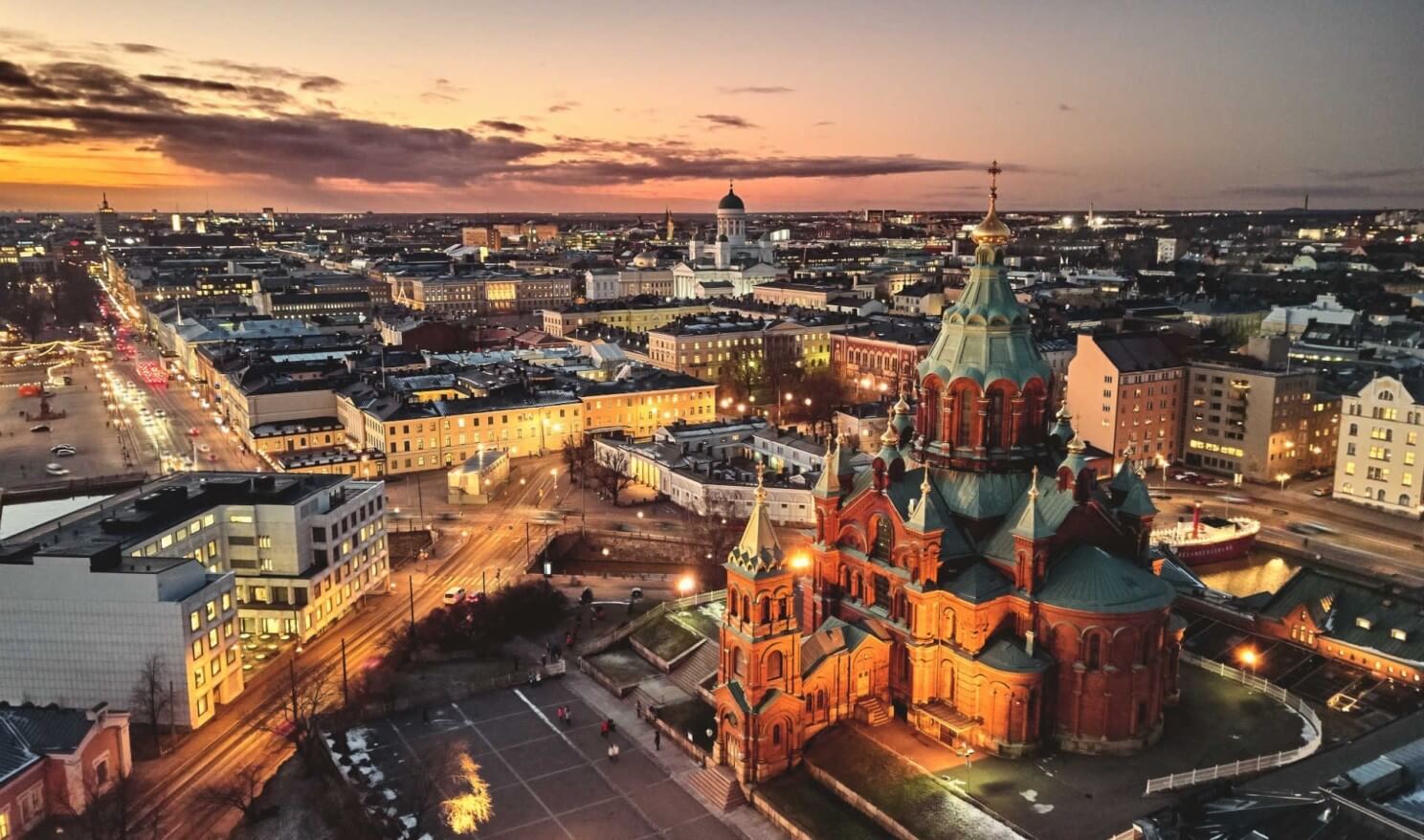
Like its Scandinavian neighbour Stockholm, Helsinki is another city that is determined to reduce its negative climate impact. The city currently has a target of achieving net-zero by 2040. It was the first city to deliver a sustainable development report to the United Nations back in 2019.
Since 1990, emissions in the city have been reduced by a third with emissions per capita down by nearly half. This is despite the population growing by over 150,000 residents in 30 years. Additionally, 40% of energy used within the city comes from clean and renewable sources, and the aim is to increase that figure to 70% by 2030.
The city is still striving to improve, with plans to accelerate the reduction of emissions proposed in August 2022 over fears that things were not moving fast enough. The initiatives that are proposed to be accelerated are demand-controlled heating and ventilation in the city’s offices, low-emissions concrete in construction, and the replacement of outdoor lighting to LEDs.
Toronto (Population: 2.93 million)
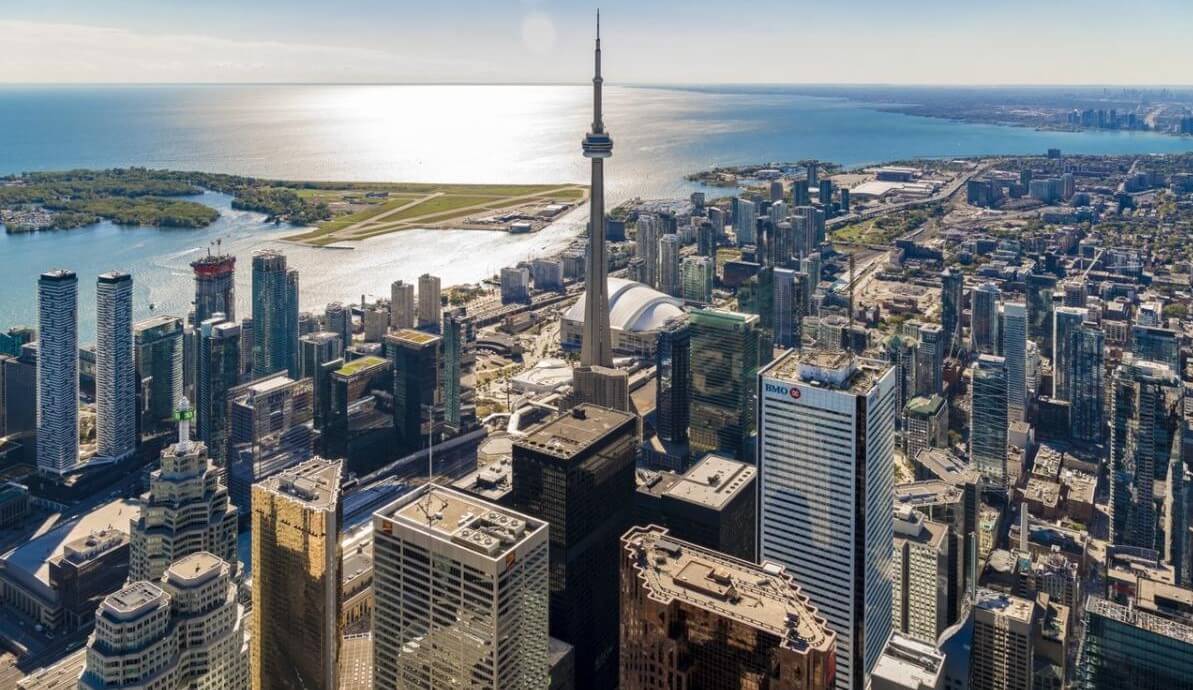
The Canadian city has set a goal of achieving net-zero by 2040. It states that the progress towards this goal is moderate to good. The city currently receives 30% of its energy from clean and renewable sources, the goal is to increase this to 100% by 2040.
Toronto is set on incorporating the natural features that surround the city into its climate strategy. This includes using the deep waters of Lake Ontario to provide cooling action to nearby buildings within the downtown area. This is combined with the efforts of recovering heat from man-made systems such as sewer systems to lower the city’s reliance on fossil fuels and cut down on GHG emissions.
In August last year, the city began inviting buildings to enter into their Deep Retrofit Challenge, where up to 16 privately owned buildings will be retrofitted via funding from the government. Currently, Toronto buildings are responsible for 57% of the city’s overall emissions. The hope is that this project will kickstart a city-wide positive approach to retrofitting and help reduce this figure.
Melbourne (Population: 5 million)
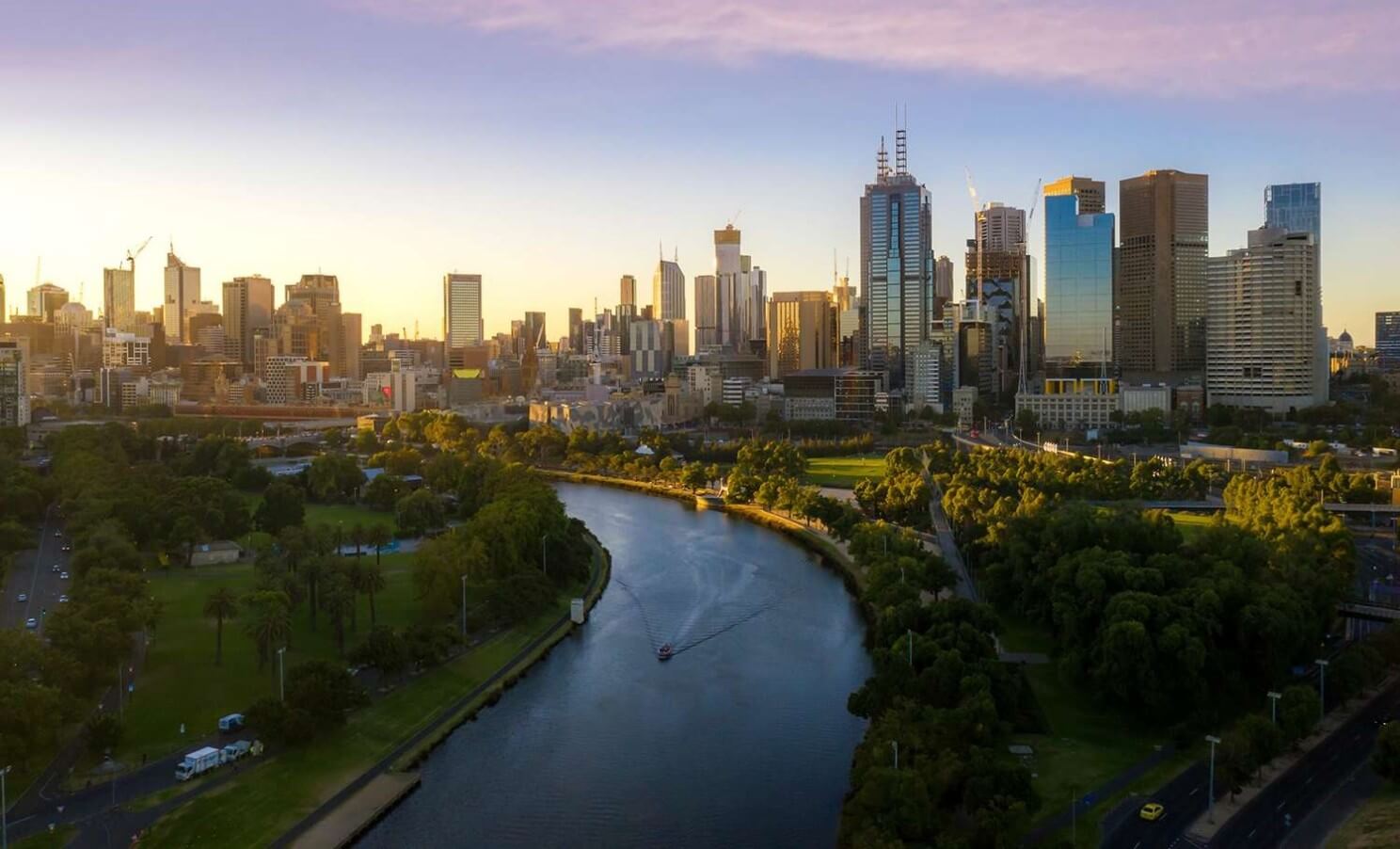
Melbourne identifies climate change and pollution as one of five key challenges for the next five years. Despite this, the city does not have a solid net-zero target, although they aim to deliver their carbon neutrality plans by 2040.
Currently, the city states itself as being ‘moderately’ ready to deliver on these plans, it has only allocated $10 million for upgrades to smart grids and solar power for city-owned buildings.
Despite this vague timeline, Melbourne is working to decarbonise their building stock. 60% of the city’s greenhouse gases come from its commercial buildings. City officials have announced a number of key initiatives to implement to reduce this figure. These include initiatives like developing zero-carbon building leases, incentivising building emissions disclosure, and introducing an overall emissions cap through local law.
Boston (Population: 654,000)
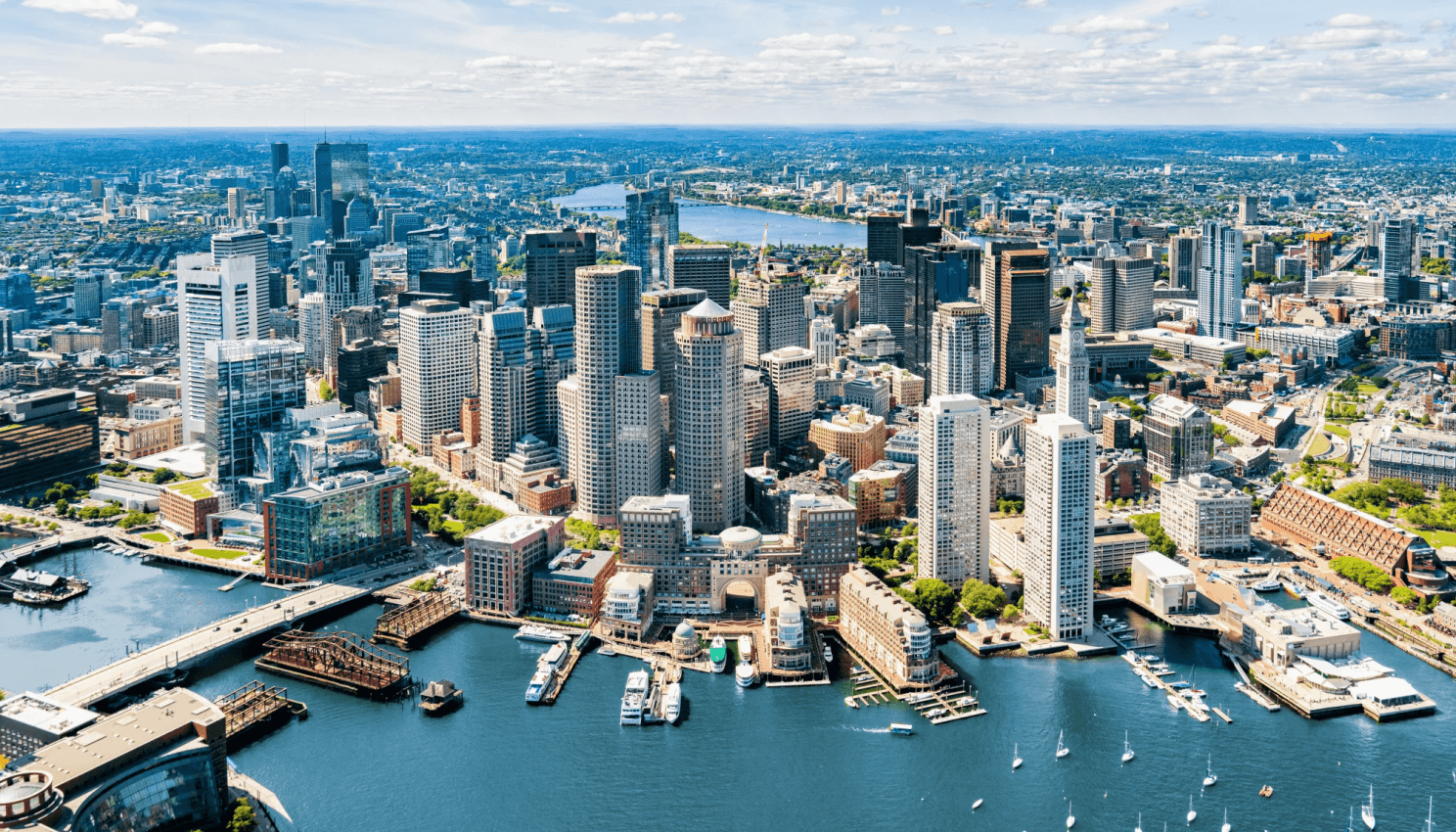
To achieve better sustainability practices across the city, Boston is utilising the power of deep data insights. Building from a database of the city’s greenhouse gases, decarbonisation pathways could be modelled in advance, significantly cutting down on planning time that could instead be used for implementation of solutions.
One example of these strategies is the Boston Urban Forest plan. Back in October last year, city officials announced a policy outlining five key standard designs for the implementation of small-scale green infrastructure projects. These include things like curb extensions, which not only improve safety and accessibility for pedestrians, but create room for more green spaces within the city.
Massachussett’s capital has set a target of achieving the UN requirement of net-zero by 2050, it currently lists climate change and pollution as a top 4 challenge for the next five years. The city claims to have made ‘moderate’ progress towards this goal. 30% of Boston’s energy comes from clean and/or renewable sources, the aim is to increase this to 50% by 2027. That only gives the city 4 years, meaning they’d better get a move on.
Working Together
It is imperative that all cities share with other cities the impacts of each and every initiative that has been taken. The data should be clear about the costs, implementations, carbon reductions, and lessons learned so that the world can move forward on clear data of how, step by step, we get to having a net-zero target far in advance of 2050.

Share your thoughts
No Comments
Sorry, the comment form is closed at this time.